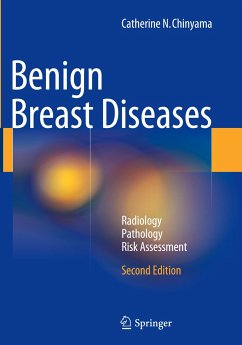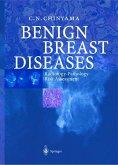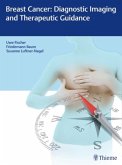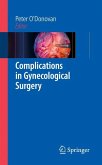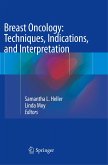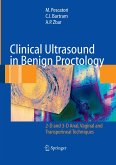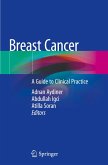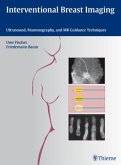The second edition of this book has been extensively revised and updated. There has been a lot of scientific advances in the radiology, pathology and risk assessment of benign breast lesions since the publication of the first edition. The first edition concentrated on screen-detected lesions, which has been rectified. New symptomatic and screen-detected lesions are discussed in the second edition and include: mastitis and breast abscess, idiopathic granulomatous mastitis, diabetic mastopathy, phyllodes tumour, gynaecomastia and pseudoangiomatous stromal hyperplasia. The chapters on columnar cell lesions and mucocele-like lesions have been extensively updated. Where applicable, genetic analysis of the benign lesions which in breast cancer is becoming part of personalised medicine has been included. The book includes detailed analysis of the main models such as the Gail Model used to assess the subsequent risk of breast cancer in individuals. The current trend in the management of all cancers is preventative. Screening mammography detects early curable cancers as well as indeterminate lesions. These indeterminate mammographic lesions are invariably pathologically benign. The author collated important benign lesions and based on peer-reviewed publications documented the relative risk of subsequent cancer to allow the patient and the clinician to institute preventative measures where possible. This book therefore will be an essential part of multidisciplinary management of patients with symptomatic and screen-detected benign breast lesions.
From the reviews:
"The advent of breast screening ... now means that the breast team is regularly presented with a variety of benign pathological diagnoses and an understanding of the clinical relevance of these is essential. This text aims to contribute towards this understanding. ... Pathological slides are beautifully reproduced in full colour ... . a comprehensive text on the pathology and risk assessment of benign breast disease which is well illustrated with pathological slides. ... it would represent useful supplementary reading for non-pathologists ... ." (Dr. J Litherland, RAD Magazine, July, 2005)
"Catherine Chinyama has made a creditable attempt to bring order to the often confusing field of benign breast disease. ... The main focus of the book is on radiologic and pathological findings in benign breast disease ... . The book is remarkably well illustrated ... . The figures are informative ... . The range of benign breast disease covered in the book is broad ... . thisvery useful book will interest any clinician, radiologist, or pathologist who deals with benign breast disease ... ." (Pamela J. Goodwin, The New England Journal of Medicine, September, 2004)
"The advent of breast screening ... now means that the breast team is regularly presented with a variety of benign pathological diagnoses and an understanding of the clinical relevance of these is essential. This text aims to contribute towards this understanding. ... Pathological slides are beautifully reproduced in full colour ... . a comprehensive text on the pathology and risk assessment of benign breast disease which is well illustrated with pathological slides. ... it would represent useful supplementary reading for non-pathologists ... ." (Dr. J Litherland, RAD Magazine, July, 2005)
"Catherine Chinyama has made a creditable attempt to bring order to the often confusing field of benign breast disease. ... The main focus of the book is on radiologic and pathological findings in benign breast disease ... . The book is remarkably well illustrated ... . The figures are informative ... . The range of benign breast disease covered in the book is broad ... . thisvery useful book will interest any clinician, radiologist, or pathologist who deals with benign breast disease ... ." (Pamela J. Goodwin, The New England Journal of Medicine, September, 2004)

